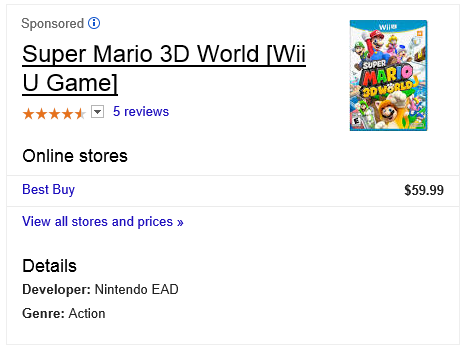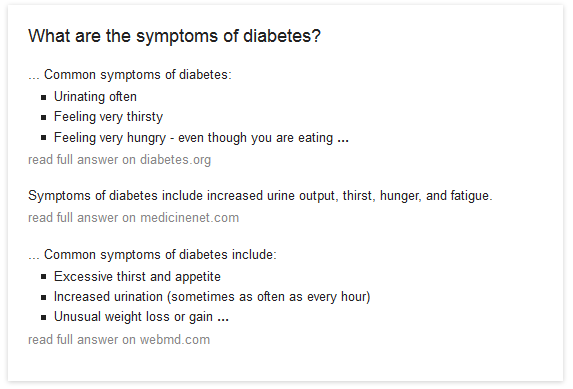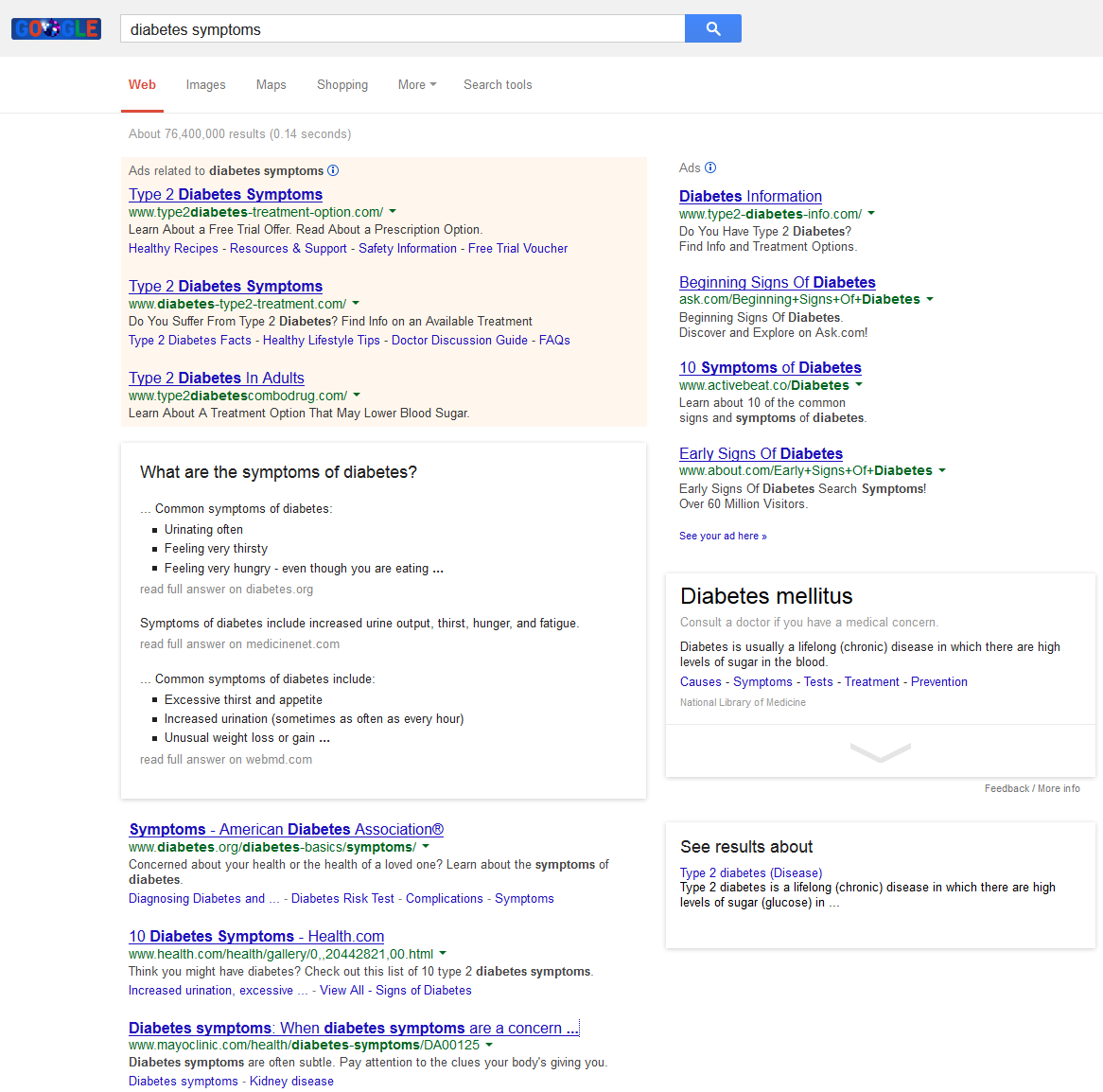Gray Hat Search Engineering
Almost anyone in internet marketing who has spent a couple months in the game has seen some "shocking" case study where changing the color of a button increased sales 183% or such. In many cases such changes only happen when the original site had no focus on conversion.
Google, on the other hand, has billions of daily searches and is constantly testing ways to increase yield:
The company was considering adding another sponsored link to its search results, and they were going to do a 30-day A/B test to see what the resulting change would be. As it turns out, the change brought massive returns. Advertising revenues from those users who saw more ads doubled in the first 30 days.
...
By the end of the second month, 80 percent of the people in the cohort that was being served an extra ad had started using search engines other than Google as their primary search engine.
One of the reasons traditional media outlets struggle with the web is the perception that ads and content must be separated. When they had regional monopolies they could make large demands to advertisers - sort of like how Google may increase branded CPCs on AdWords by 500% if you add sitelinks. You not only pay more for clicks that you were getting for free, but you also pay more for the other paid clicks you were getting cheaper in the past.
That's how monopolies work - according to Eric Schmidt they are immune from market forces.
Search itself is the original "native ad." The blend confuses many searchers as the background colors fade into white.
Google tests colors & can control the flow of traffic based not only on result displacement, but also the link colors.
It was reported last month that Google tested adding ads to the knowledge graph. The advertisement link is blue, while the ad disclosure is to the far right out of view & gray.
I was searching for a video game yesterday & noticed that now the entire Knowledge Graph unit itself is becoming an ad unit. Once again, gray disclosure & blue ad links.

Where Google gets paid for the link, the link is blue.
Where Google scrapes third party content & shows excerpts, the link is gray.

The primary goal of such a knowledge block is result displacement - shifting more clicks to the ads and away from the organic results.
When those blocks appear in the search results, even when Google manages to rank the Mayo Clinic highly, it's below the fold.

What's so bad about this practice in health
- Context Matters: Many issues have overlapping symptoms where a quick glance at a few out-of-context symptoms causes a person to misdiagnose themselves. Flu-like symptoms from a few months ago turned out to be indication of a kidney stone. That level of nuance will *never* be in the knowledge graph. Google's remote rater documents discuss your money your life (YMYL) topics & talk up the importance of knowing who exactly is behind content, but when they use gray font on the source link for their scrape job they are doing just the opposite.
- Hidden Costs: Many of the heavily advertised solutions appearing above the knowledge graph have hidden costs yet to be discovered. You can't find a pharmaceutical company worth $10s of billions that hasn't plead guilty to numerous felonies associated with deceptive marketing and/or massaging research.
- Artificially Driving Up Prices: in-patent drugs often cost 100x as much as the associated generic drugs & thus the affordable solutions are priced out of the ad auctions where the price for a click can vastly exceed than the profit from selling a generic prescription drug.
Where's the business model for publishers when they have real editorial cost & must fact check and regularly update their content, their content is good enough to be featured front & center on Google, but attribution is nearly invisible (and thus traffic flow is cut off)? As the knowledge graph expands, what does that publishing business model look like in the future?
Does the knowledge graph eventually contain sponsored self-assessment medical quizzes? How far does this cancer spread?
Where do you place your chips?
Google believes it can ultimately fulfil people’s data needs by sending results directly to microchips implanted into its user’s brains.




Comments
Great post. Its good to have watchdogs like SEObook monitoring Google
The move by Google should be a concern to many because some websites genuinely following the Webmaster's guidelines may be affected. It becomes necessary to stud this gray hat search engineering and see how it can be applied to protect the web for good!
I have left this comment also in the content aggregator site for Internet marketers - kingged.com where this post was also shared.
Sunday - kingged.com contributor
kingged.com/gray-hat-search-engineering/
Add new comment